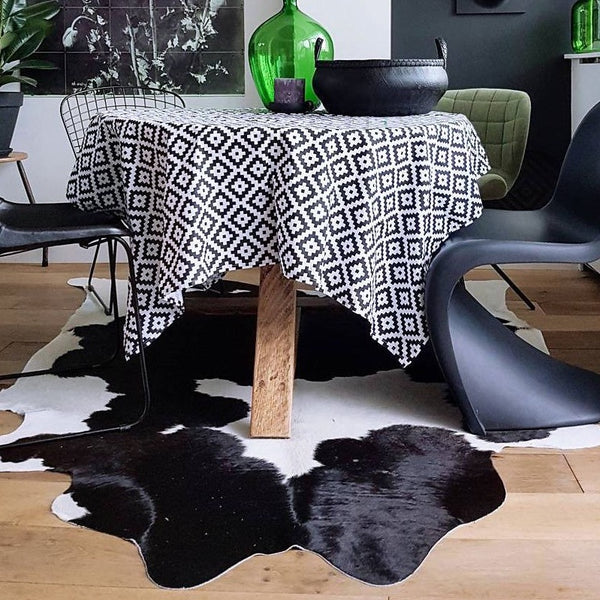Painting detail by detail plastic models is a rewarding yet complicated hobby that connections creativity and precision. Whether you’re developing model jets, delicate mechas, or scaled historic numbers, reaching a wonderful finish involves process, patience, and practice. This manual explores crucial practices and methods to assist you lift your model kits painting skills.
Why Painting Plastic Versions is really a Craft Price Mastering
Painting plastic versions enables hobbyists to create their masterpieces your with character and realism. More than just construction, painting converts a static object into a visually interesting masterpiece, showcasing fine facts which may usually go unnoticed. It’s also beneficial for creating emphasis, skill, and creative expression, rendering it as healing because it is fulfilling.
Nevertheless, mastering this artwork requires greater than a regular hand. It’s about understanding the proper instruments, practices, and preparations to accomplish the desired result.
Stage 1: Focus on Correct Preparation
A flawless color work starts before the initial brushstroke. Organizing your plastic product is crucial for easy application. Follow these preparatory steps to find the best outcome:
Clear the Parts: Rinse your design parts in hot, soapy water to remove mold-release agents or oils. Excess deposit can prevent paint from adhering properly.
Sand and Regulate: Use fine-grit sandpaper to smooth defects and seams. Eliminating these lines assures a sharp, skilled finish.
Leading the Floor: Always apply a primer particular to parts before painting. This raises paint adherence and makes colors more vivid while providing a uniform floor tone.
Step 2: Master the Artwork of Layering
Layering is at the heart of painting plastic models. Start with a platform fur that units the tone for the model’s ultimate appearance. Perform from greater, broader areas to greater details. Popular methods include:
Airbrushes for Foundation Coats: Airbrushing produces smooth and also coatings. It also allows mixing results to mimic gradients or weathering.
Detail Brushes: For detail, use fine-tipped brushes to paint delicate portions, such as for example encounters, physical joints, or small decals.
Recall to use thin, actually layers alternatively of one solid coat, that may unknown details. Let each layer to dry entirely to avoid smudging.
Stage 3: Weathering and Concluding Touches
Carry your design your with range through the use of weathering effects. Methods like dry cleaning, wipes, and featuring can imitate wear, structure, and light reflections.
Dry Brushing highlights increased ends with a lighter tone for depth.
Washes add description, producing shadows within crevices.
Closing your model with a matte or gloss end shields your work from dust and deterioration.
Cultivate Patience and Skill
Perfecting the artwork of painting plastic types doesn’t occur overnight. Success lies in awareness of detail and the readiness to refine your techniques around time. With the right methods, planning, and a little imagination, you are able to convert your types in to miniature works of art that record imagination and admiration.

